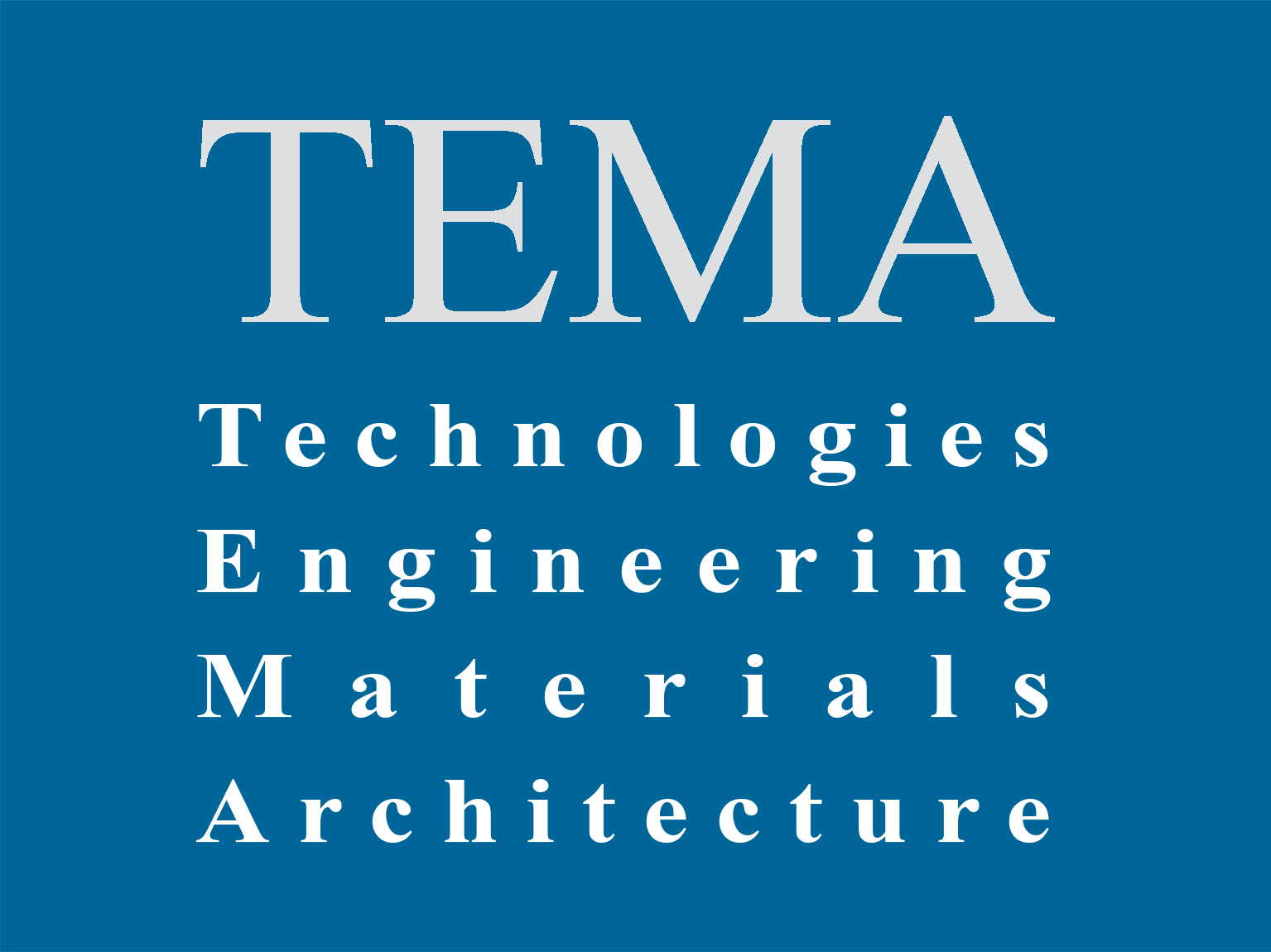The application of digital modeling for safeguarding the built heritage is a consolidated research field and carries substantial operational interest. The methodological aspects of this application are theoretically outlined but far from being commonly applied. In the perspective of delineating a more straightforward method for implementing these practices among the built heritage, modern Italian architectural production constitutes an ideal field of investigation, both for the significance of the built heritage and for the construction problems that characterize them. Indeed, in the case of stone cladding – which is typical of the Fascist period – the decay conditions and the peculiarity of the material make the investigation specific and paradigmatic of the implementation of the above-mentioned digital methodologies. The Casa delle Armi built heritage by Luigi Moretti in Rome, which has been the research subject of the Authors for years, features a marbled envelope detailed by the designer in every aspect, not only during the design phase but also during construction. This uniqueness makes the recovery of the envelope extremely challenging, as it should not alter its extremely complex nature, while today, the marble envelope is profoundly degraded by natural and anthropogenic factors. Digital modeling appears to be an optimal operational solution for guiding the recovery, but it presents many issues illustrated in this article and to which we have begun to give answers in this contribution. In particular, we delineate the knowledge of the case mentioned above study-built heritage, pursued through documentary analysis integrated by direct and instrumental observation on site.









